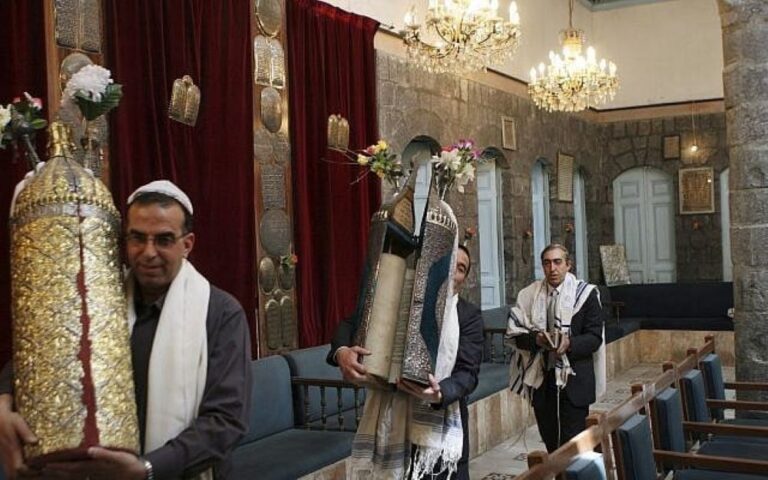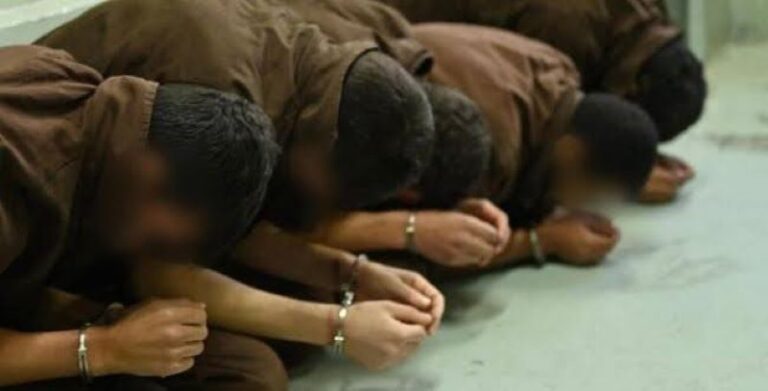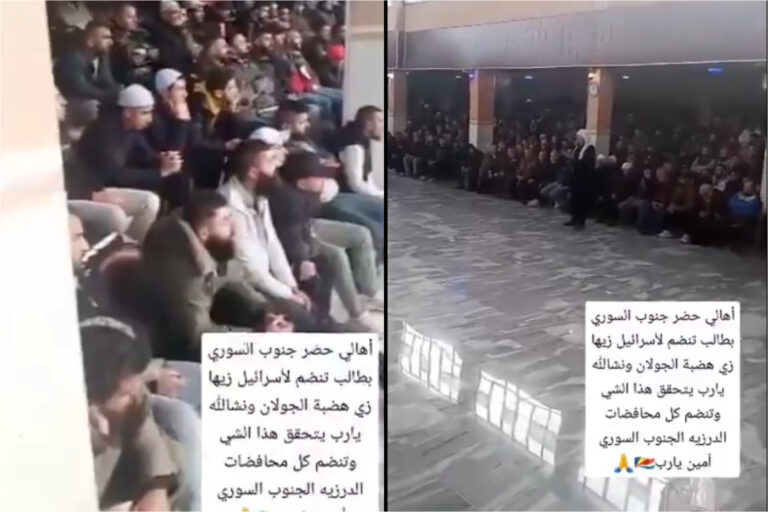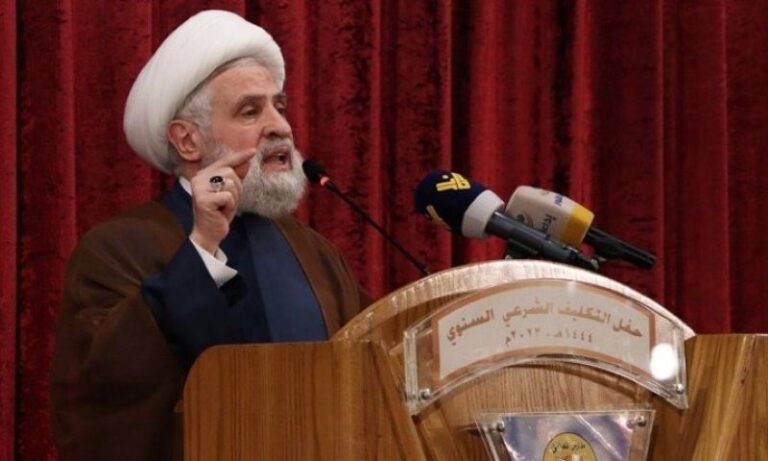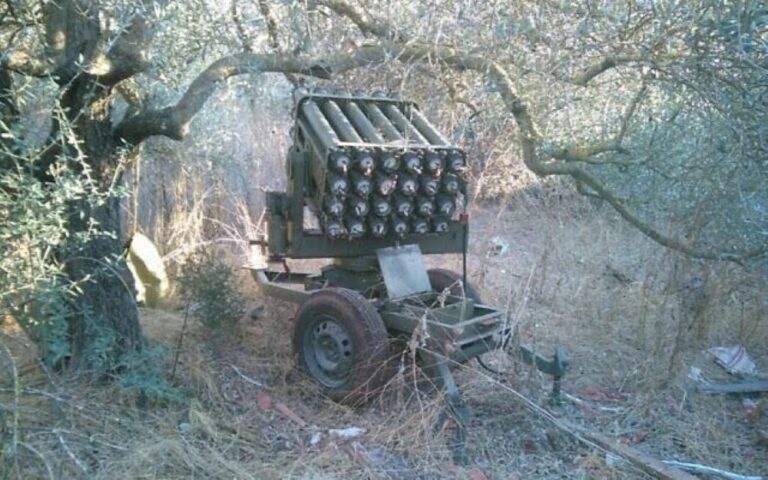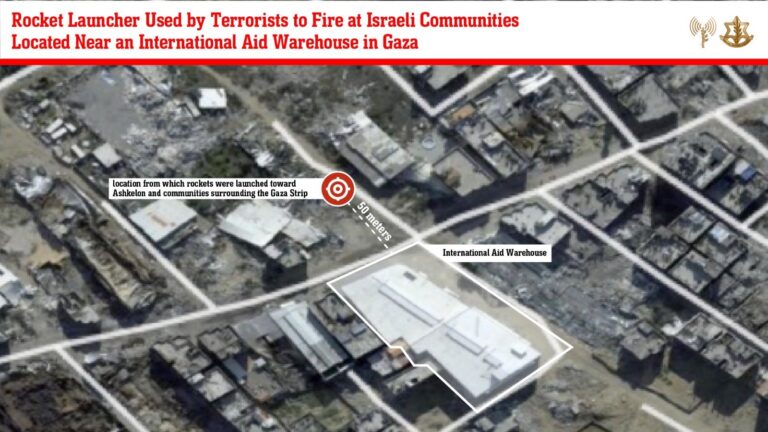 North Korea’s big day, the anniversary of the birth of its founding leader, Kim Il Sung, came and went with no underground nuclear test by the North, and no pre-emptive strikes off the deck of the USS Carl Vinson aircraft carrier sent to waters off the Korean Peninsula by President Donald Trump. Just hours before Vice President Mike Pence began his visit to Seoul on Sunday, Pyongyang fired off a ballistic missile — but it appears to have exploded seconds after it got off the ground.
North Korea’s big day, the anniversary of the birth of its founding leader, Kim Il Sung, came and went with no underground nuclear test by the North, and no pre-emptive strikes off the deck of the USS Carl Vinson aircraft carrier sent to waters off the Korean Peninsula by President Donald Trump. Just hours before Vice President Mike Pence began his visit to Seoul on Sunday, Pyongyang fired off a ballistic missile — but it appears to have exploded seconds after it got off the ground.
So, all clear?
Well, yes and no.
Though tensions had been rising dangerously between Washington and Pyongyang in the lead-up to the April 15 anniversary, the biggest holiday of the year in North Korea, the heightened rhetoric and saber-rattling on both sides could begin to cool down — a pattern that has been common in recent years, especially in the spring, when the U.S. and South Korea stage their huge annual war games.
But this year, there is a new issue. In an interview with The Associated Press, a senior North Korean official said Friday that Pyongyang has determined that Trump is “more vicious and aggressive” than his predecessor, Barack Obama.
And Pyongyang is vowing it won’t back down.
A look at why Trump’s North Korea problem isn’t likely to go away anytime soon:
———
MISSILES ON PARADE
Though North Korea didn’t launch any missiles to mark the anniversary day, it did show them off in a military parade — and in a surprising number and variety.
Experts believe the arsenal displayed in Saturday’s parade included a new kind of short-range cruise missile, probably for shoreline defenses. North Korea unveiled its latest submarine-launched ballistic missile and a version of the same missile that can be launched from land-based launchers — both of which use solid fuel and present a far greater challenge to find and destroy before they’re fired off. And it showed off canisters that seemed in line with what would be required for an intercontinental ballistic missile, which is Washington’s greatest concern.
That’s a kind of two-fer for the North. The canisters are used for “cold launches,” meaning they protect the mobile launch vehicle when the missiles are deployed. But they also hide what’s inside, so more analysis and guesswork from the parade display and future test launches will be required before conclusions are made about where North Korea’s ICBM development really stands.
Clearly, however, the focus on missiles large and small at the parade was meant to send a signal that the North is able to project its power well beyond its own borders. At the very least, to U.S. military bases in Japan. At the most, to the mainland United States itself.
———
MORE, BETTER NUKES
Physicist and North Korea nuclear watcher David Albright, of the Institute for Science and International Security, estimated in a report last week provided to The Associated Press that through 2020, North Korea will have enough plutonium and weapon-grade uranium for about 25-50 nuclear weapons.
But he also noted that the North has several options to diversify and expand its capabilities.
It could, for example, use its experimental light water reactor to have enough plutonium and weapon-grade uranium “for up to 60 nuclear weapons by the end of 2020,” Albright said.
“Significantly higher estimates are possible if North Korea significantly expands its gas centrifuge program and dramatically boosts its production and separation of plutonium over what is assumed in the current analysis,” he added.
Moreover, Albright said, continued underground testing will provide the North with opportunities to significantly improve its ability to make weapons that require less fissile, are more compact and have higher explosive yields.
Developing a thermonuclear weapon — an H-bomb — is a declared priority of North Korea. According to Albright, it appears capable of doing so.
And, at the current pace, that could be on Trump’s watch.
———
ANOTHER ANNIVERSARY COMING UP
April 15 isn’t the only big anniversary in North Korea this month.
The country’s military marks the anniversary of its founding on April 25, and some experts believe the chances of a nuclear test or missile launch around that date may be higher than they were on Kim Il Sung’s birth anniversary. There are two reasons for that. April 15 is intended to be focused completely on honoring Kim Il Sung and by extension his son, Kim Jong Il, and grandson, current leader Kim Jong Un. A test or launch on that day could distract from that focus, especially if it were to fail.
The second reason is that the April 25 anniversary is explicitly a military observation.
While a failure would still be embarrassing, it wouldn’t be quite as bad.
More likely, if there is still going to be a test or launch designed to make a political statement, it could be timed just before or after April 25 to further dilute the potential PR impact of a failure.
(AP)


